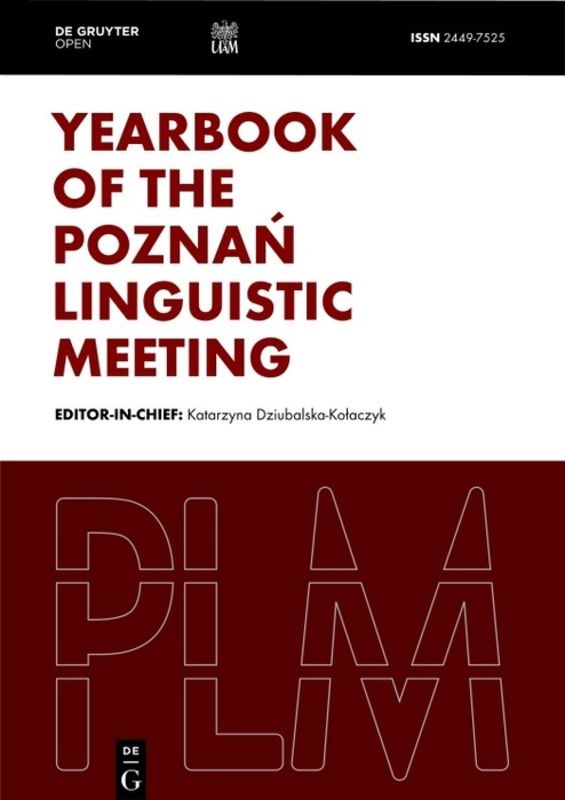Sentence-final particles in multiple phases? Some evidence from language contact
Sentence-final particles in multiple phases? Some evidence from language contact
Author(s): Tsan Tsai ChangSubject(s): Syntax
Published by: Uniwersytet Adama Mickiewicza
Keywords: sentence-final particles; cartography; Phase Theory; language contact; Cantonese;
Summary/Abstract: Cinque’s (1999) cartographic theory associates one meaning with one functional head. As such, if applied to sentence-final particles (SFPs), cartographic assumptions ought to group semantically similar SFPs onto the same functional head cross-linguistically (cf. Pan 2019; Sybesma & Li 2007). However, I show that aspectual and restrictive focus SFPs in Cantonese and Mandarin (Sinitic, Sino-Tibetan) seemingly contradict Cinque by occupying different structural positions despite their semantic closeness. To shed light on the problem, I adduce novel data from Guangzhou Cantonese and Singapore Cantonese, demonstrating that SFPs borrowed into these varieties are treated differently according to their structural height. Likewise citing scopal and other facts, I ultimately make a case for placing SFPs in multiple phases (Chomsky 2000 etc.), following Erlewine (2017) and Biberauer (2017), but contra Pan (2019), a.o. To accommodate Cinque (1999), I ultimately submit that different-phase SFPs constitute distinct lexical classes, which each cluster separately, but in the same semantically determined sequence compatible with cartographic assumptions.
Journal: Yearbook of the Poznań Linguistic Meeting
- Issue Year: 7/2021
- Issue No: 1
- Page Range: 1-41
- Page Count: 41
- Language: English

